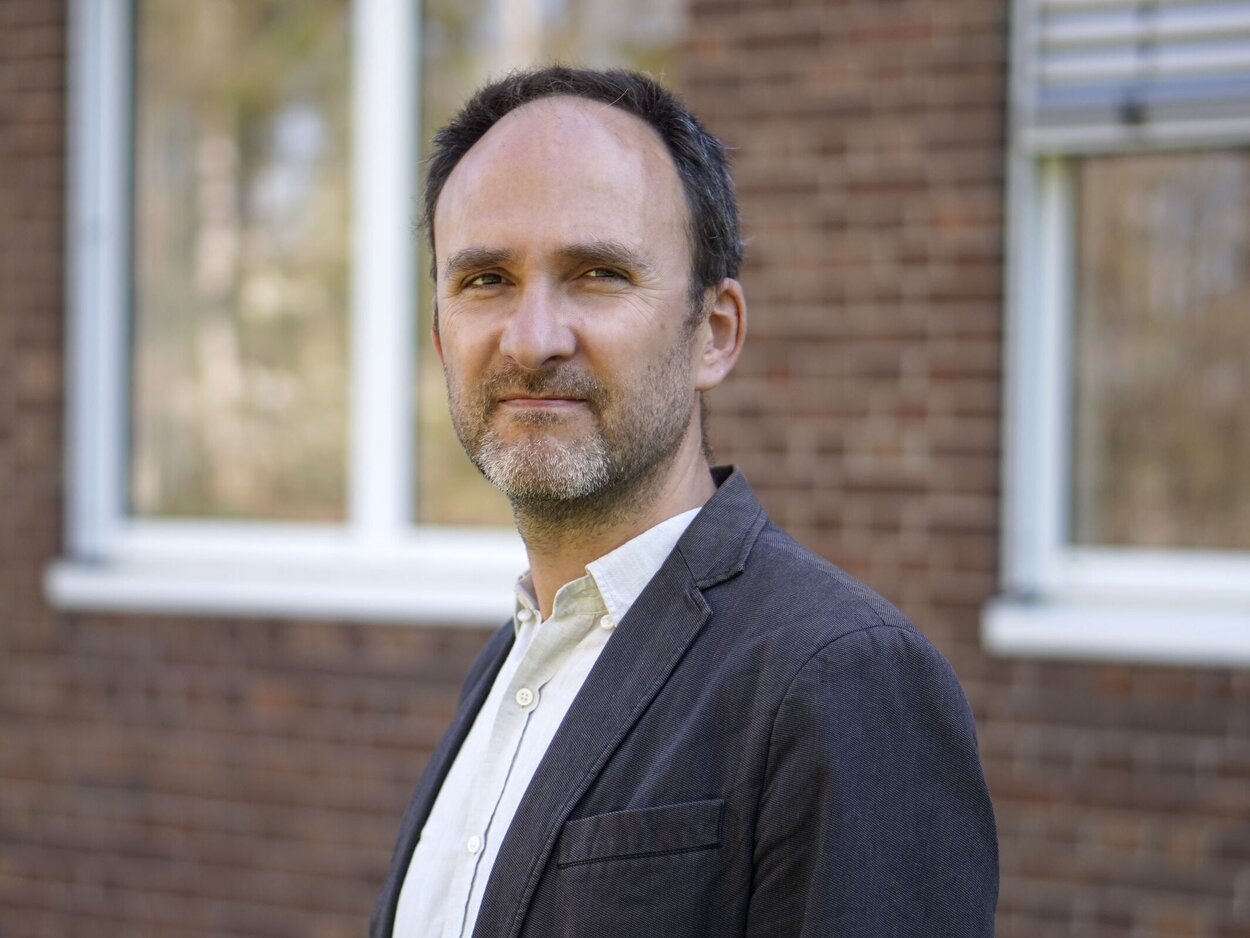Over several decades, the world has experienced increasing wage inequality between workers, and between capital owners and workers. Such trends put severe stress on affected individuals and entire societies. Technological progress and automation are often seen as potential causes of these trends. This paper considers this phenomenon at the regional level, employing a large scale numerical spatial general equilibrium model featuring capital-skill complementarities in production. Similar to the existing literature, we find a negative relationship between the labour income share and the capital labour-ratio. Our counterfactual shows that the effects are quite uneven across skills and regions, benefiting mostly high-skilled workers at the detriment of the low and the medium skilled. This is particularly so in more developed regions compared with less developed ones. We show that the effects stem from regional initial conditions, and in particular the regional capital–labour ratio, trade linkages and unemployment rates.
Lecca, P., Persyn, D. and Sakkas, S. (2023) Capital-skill complementarity and regional inequality: A spatial general equilibrium analysis, Regional Science and Urban Economics 102,https://doi.org/10.1016/j.regsciurbeco.2023.103937

![[Translate to English:] [Translate to English:]](/media/_processed_/6/1/csm_AdobeStock_543466681_9df3d40718.jpeg)
![[Translate to English:] [Translate to English:]](/media/_processed_/6/1/csm_AdobeStock_543466681_6eab1c26f9.jpeg)






